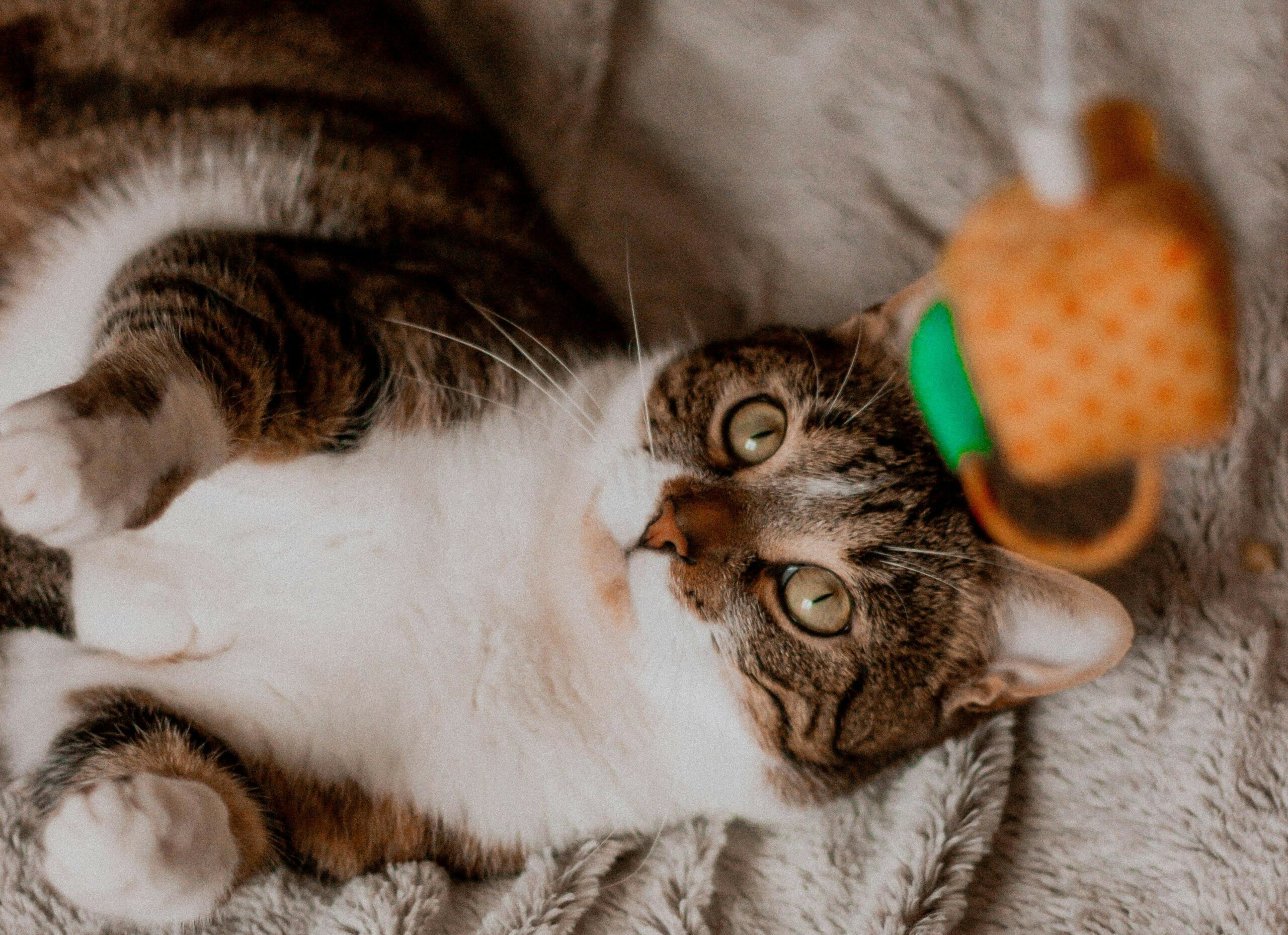
Cats are natural hunters and love to explore, but indoor life can often limit their opportunities to stay physically active. Without regular exercise, cats can develop health issues like obesity, joint problems, and behavioral challenges. Fortunately, incorporating a cat exercise routine into your pet’s daily life is easier than you might think! Here are some simple tips and activities to ensure your feline friend gets enough movement to stay fit and happy.
Why Your Cat Needs Exercise
Just like humans, cats need regular physical activity to maintain a healthy weight, strong muscles, and a stimulated mind. Exercise provides mental engagement, preventing boredom and reducing stress, which can manifest in negative behaviors like scratching furniture or overeating. Additionally, exercise supports joint flexibility and cardiovascular health, especially important as cats age.
How Much Exercise Does a Cat Need?
The amount of exercise a cat needs depends on factors like age, breed, and health. Kittens and young cats are typically more energetic and may need up to two hours of active play daily. For adult cats, about 30 minutes of exercise per day is usually sufficient, while senior cats may need slightly less but still benefit from gentle movement.
Cat Exercise Routine: Ideas to Keep Your Cat Active
Below are some easy and effective cat exercise routines that you can incorporate into your daily schedule to keep your cat active.
1. Interactive Toys and Playtime
Cats are natural hunters, so toys that mimic prey are perfect for engaging them in physical activity. Wand toys with feathers, strings, or small plush toys attached can encourage cats to jump, pounce, and chase. Spending just 10-15 minutes twice a day with a wand toy can provide a great workout.
Tip: Make sure to vary the toys to keep your cat interested. Different textures, sounds, and movements will help maintain your cat’s enthusiasm.
2. Laser Pointer Games
A laser pointer is another excellent tool for a quick, high-energy cat exercise routine. Cats love to chase the small, fast-moving light, and it gets them running and jumping. However, be cautious with laser play—never point the light directly into your cat’s eyes, and always finish with a real toy they can catch to avoid frustration.
3. Set Up an Obstacle Course
Creating a mini obstacle course can be a fun way to engage your cat physically and mentally. You can use household items like cardboard boxes, tunnels, and chairs to build a course. Encourage your cat to navigate through the setup by hiding treats or toys along the way. This type of play enhances their agility and keeps their muscles engaged.
4. Utilize Cat Trees and Climbing Towers
Cats love to climb, and a tall cat tree or climbing tower is ideal for supporting their natural instincts. These structures encourage your cat to jump, climb, and perch, working different muscle groups in the process. Positioning the cat tree near a window can add an extra layer of excitement as they watch the world outside.
Pro Tip: Look for multi-level cat trees with platforms, scratching posts, and hideaways to provide a stimulating environment that encourages exploration.

Making Exercise Part of Your Cat’s Daily Routine
Incorporating a cat exercise routine into your day doesn’t have to be time-consuming. Start with small sessions and gradually increase based on your cat’s interest and energy levels. Here are some tips to make sure your cat’s exercise routine is consistent:
- Set a Schedule: Cats thrive on routine, so try to have play sessions at the same time each day. Morning and evening sessions are ideal, as these are times when cats are naturally more active.
- Incorporate Exercise into Feeding: For a fun twist, try placing a portion of your cat’s food in a treat-dispensing toy. This encourages them to work for their meal, promoting mental and physical activity.
- Rotate Toys Regularly: Just like humans, cats can get bored with the same routine. Keep things interesting by rotating toys and introducing new activities.
Signs Your Cat Needs More Exercise
How can you tell if your cat isn’t getting enough exercise? Here are some common signs:
- Weight Gain: Cats can easily become overweight without regular physical activity, especially if they have a high-calorie diet.
- Destructive Behavior: Scratching furniture or knocking items off shelves can indicate boredom and a lack of physical or mental stimulation.
- Low Energy or Excessive Restlessness: Cats that seem lethargic or overly active at night may need more structured activity during the day.
If you notice any of these behaviors, try incorporating more playtime and physical engagement into your cat’s day.
Adapting Exercise Routines for Senior Cats
As cats age, their activity levels naturally decline, but exercise is still essential to keep their joints mobile and muscles toned. Senior cats benefit from gentler activities, such as short, low jumps, gentle play with soft toys, or short laser pointer sessions. It’s best to consult with a veterinarian to create a cat exercise routine tailored to the needs of an older cat, especially if they have arthritis or other health conditions.

Conclusion
Keeping your cat active with a regular cat exercise routine is one of the best ways to support their overall health and happiness. By using toys, engaging in interactive play, and creating an enriched environment, you can ensure your feline friend gets the daily movement they need. Remember, a little effort each day can go a long way in promoting a happy, healthy life for your cat.
References:
- Exercising Your Cat for Weight Loss – VCA Animal Hospitals
- Laser Light Pointers for Use in Companion Cat Play: Association with Guardian-Reported Abnormal Repetitive Behaviors – National Library of Medicine
- Are Laser Pointers Bad for Cats? – PetMD
- Playing with Your Senior Cat – PetMD






























